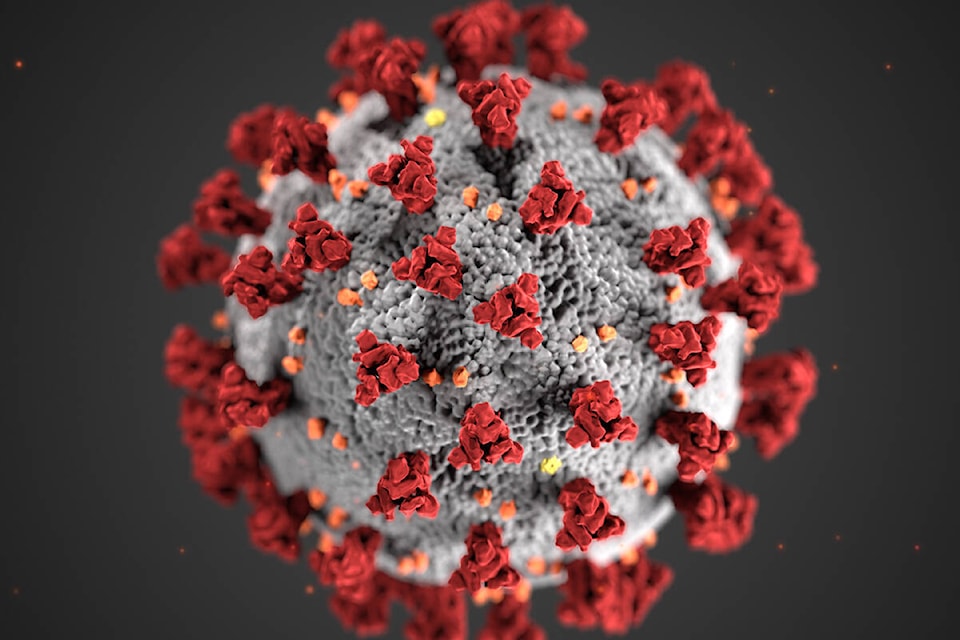On Jan. 14, Dr. Bonnie Henry said that because of the rapid spread of the Omicron variant, it’s no longer possible to track COVID-19 numbers on a local level.
“There are some measures we’ve been using all along that are no longer able to be representative of the community,” Henry said. “We don’t have geographic representation, for example, and we don’t have things like the reproductive number, because that depends on us knowing how many people each case transmitted to.”
Henry went on to cite the lack of contact tracing and a shortened incubation period of the Omicron variant as factors that further confound COVID-19 reporting on a local health area level.
I don’t blame the B.C. government for Omicron muddying the already murky waters of distributing accurate information. However, that doesn’t excuse them from not having a suitable substitute.
It’s been two years. The time for excuses has long since passed.
I have dedicated my recent professional life, week in and week out, seeking and reporting news relevant to Agassiz-Harrison and explaining what it may mean for the community’s present and future. It’s a pleasure and privilege to do so now and in many days to come.
As with any job, in order to do it properly, I require certain tools. Take away a critical tool in the middle of a long-term project that requires at least one update per week, and you’ve rendered that work entirely useless. In a case of egregiously poor timing, just when Agassiz-Harrison is facing its worst COVID-19 numbers yet, I’m forced to call it quits on a mode of coverage I’ve relied on for nearly two years.
I realize the system Omicron wrecked had its flaws. The B.C. Centre for Disease Control always released its local health area data a week late. However, numbers help me make sense of the world, and I’m certain I’m not alone in that, so some information helps form a much better barometer than no local information at all.
Again, I understand we’ve come to an impasse with the old system. I’m calling upon the provincial government to provide an alternative for local health areas. We’re able to see case rates, positivity percentages and more on a provincial level. That data has to come from local sources, local testing sites, local hospitals. I have yet to find that x-factor that stops the health care authorities from releasing locally-relevant data on a smaller level.
Journalists have fought the government for months on end for data that our work and the public have both demanded. What we were getting was already pretty mediocre, and this move is going in the wrong direction at a critical time.
So where do we go from here? While the lack an important tool has hindered much of my ability to provide local COVID-19 information, there are still ways to keep watch. Even amid flaws in B.C.’s information distribution, Fraser Health, Fraser-Cascade School District 78 and local government bodies in the District of Kent and Harrison Hot Springs have been reliable sources of information when called upon. I will continue to work closely with them in the event there is an outbreak, an exposure event or anything related to COVID-19 on an Agassiz-Harrison level.
I am grateful for the information we receive. No matter what systems and statistics are to come, flawed though they undoubtedly may be, it’s certainly better than nothing. However, the way things stand right now, it’s substandard and has always been a far cry from the way things ought to be.
B.C., the Fraser Valley and we here in Agassiz-Harrison deserve better.
@adamEditor18
adam.louis@ ahobserver.com
Like us on Facebook and follow us on Twitter.
